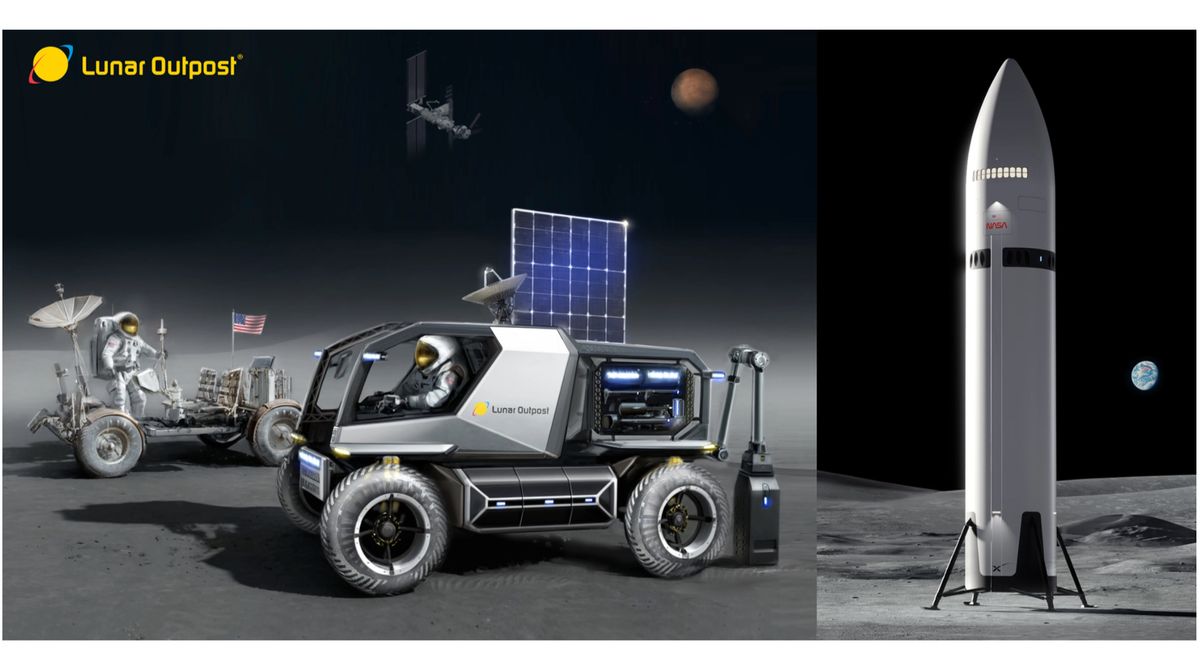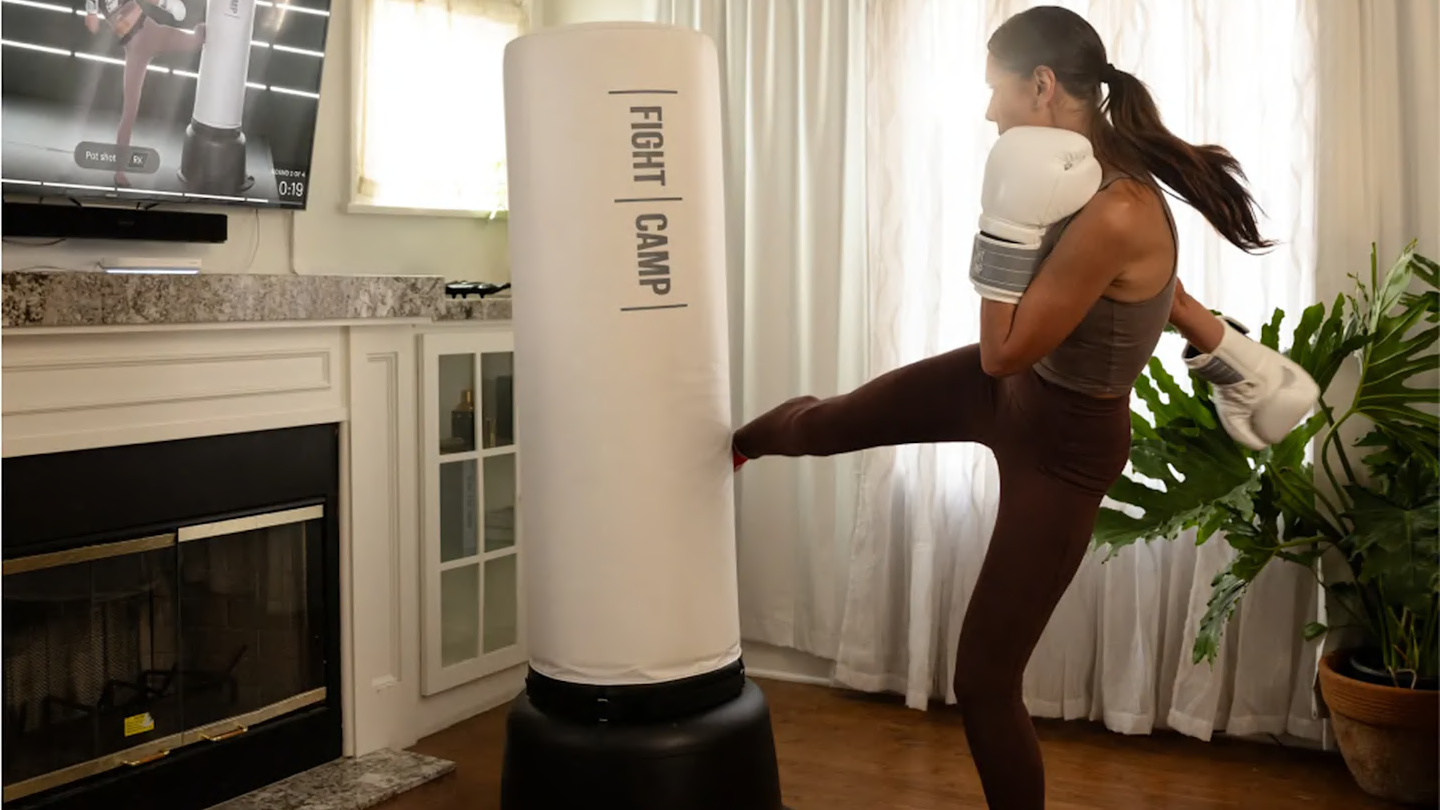World
‘Planet Earth III’ Cinematographer on Living 700 Feet Underground for 17 Days to Capture the World’s Largest Cave

Some of the most breathtaking moments of the “Planet Earth” series take place in Hang son Doong Cave in Vietnam. But capturing and showcasing the natural beauty of the largest cave in the world provided some challenges on how the crew were going to light it.
The Emmy-nominated “Extremes” episode of “Planet Earth III” trekked to Vietnam and into a world of darkness, going approximately 700 feet underground. Cinematographer Luke Nelson and his team required special cameras, lenses and a unique lighting set-up to highlight the beauty of this underground world which otherwise was a world of complete darkness.
Getting there was the first challenge. “It takes two days of walking,” said Nelson in Variety’s Artisans, presented by HBO. “We had to hire 10-15 porters to help us carry everything from batteries, generators, drones and lenses.”
Once the crew arrived, Nelson used an array of cameras, from different types of drones to big cinema-style cameras. While many natural history filmmakers keep at least one drone in their toolkit, Nelson had five drones — two of which he ended up crashing. “We had the small consumer type drones to FPV freestyle drones to heavy lift drones using lights on them. We had it all. There wasn’t a drone you couldn’t fly in that cave,” Nelson said.
Nelson tried to put the cave’s immense size into perspective, but it’s unfathomable. He explained, “The darkness is so vast and the cave is so deep that it’s just dark all around you. You can see a glimpse of static mites, and the scale is impossible to gauge because there’s nothing else in there. So unless you get someone to go down and measure it for you, it’s like being inside a mountain.”
Along the way, they discovered species such as the translucent cavefish swimming in darkness for years. To light the cave, Nelson used everything from head torches to cellphone lights to homemade LED panels. “Everything had to be battery-powered, so that was a challenge,” said Nelson.
In the cave, Nelson noted there were certain spaces where sunlight penetrates through — if only for 30 minutes a day when it’s not overcast. So exposing for the scene wasn’t as hard as expected.
“With so much water and so many reflective surfaces — because there’s limestone everywhere — that sunbeam comes down and hits the water and cave walls,” said Nelson.
He added: “It’s a blessing. Nature lights itself.”
Watch the video above.







